A series of car features are revived from the "dead"
More than 30 years ago, buyers wouldn't have imagined that a car of the future would be able to enter the garage on its own with a pocket computer, drive for hours without touching the steering wheel or show directions. display on windshield...
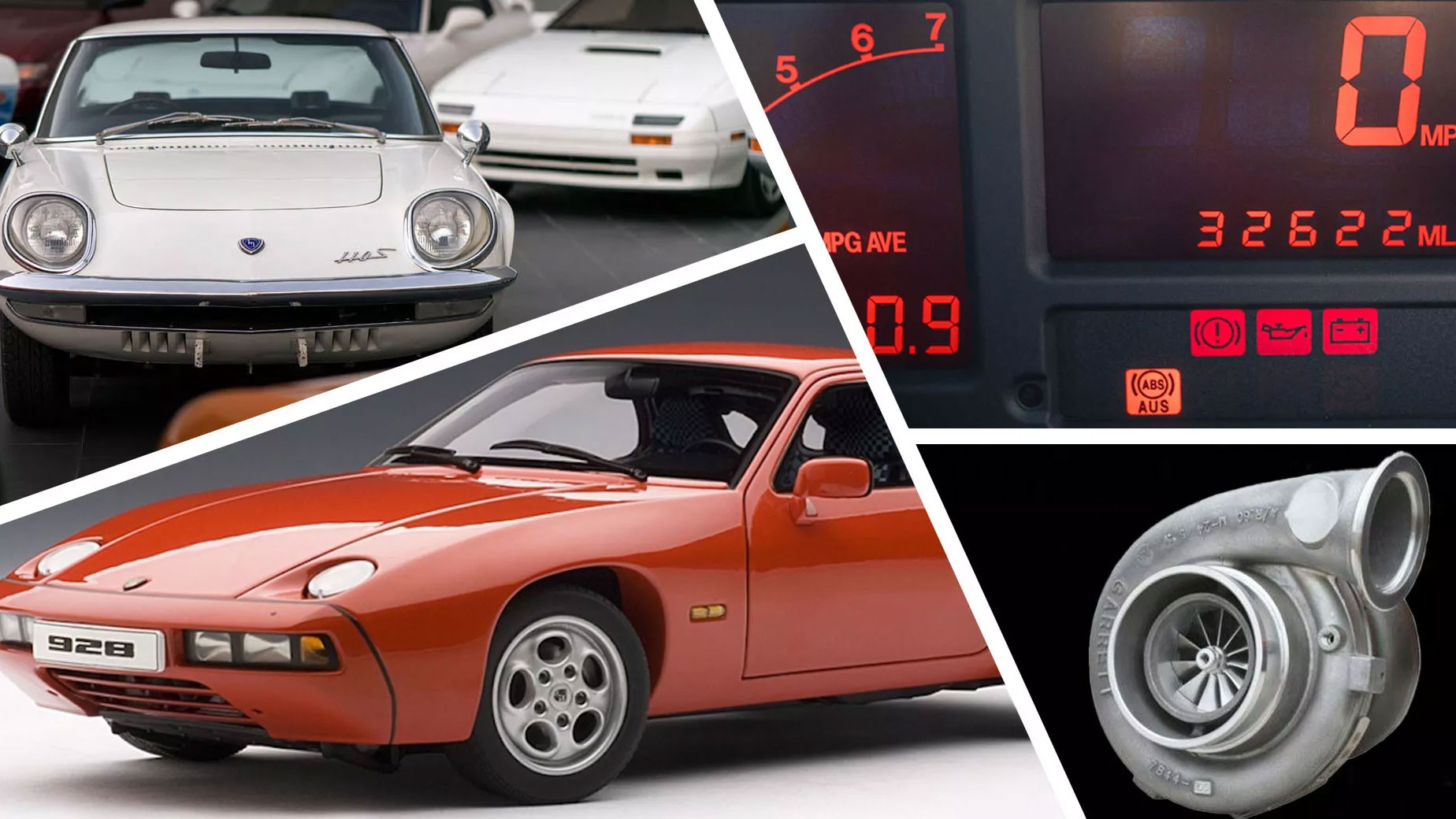
Those equipped with convenient features that we think are new and creative, in fact many have appeared for a long time, just everything has stopped at failed experiments. That's because at the time, the technology wasn't advanced enough to make them work properly or reliably.
But now, with the rapid development of technology, those ideas have a chance to be revived. Here is a series of car features that have been returned from the dead.
Turbocharger
Today, most cars with a little bit of performance use the power of the exhaust stream to feed more air into the engine, or many people understandably call it a turbocharger.
Thực tế, GM có thể được coi là hãng xe tiên phong sử dụng cách thức này để gia tăng hiệu suất cho 2 mẫu xe Oldmsobile F-85 Jetfire và Chevy Corvair Monza vào những năm 1960.
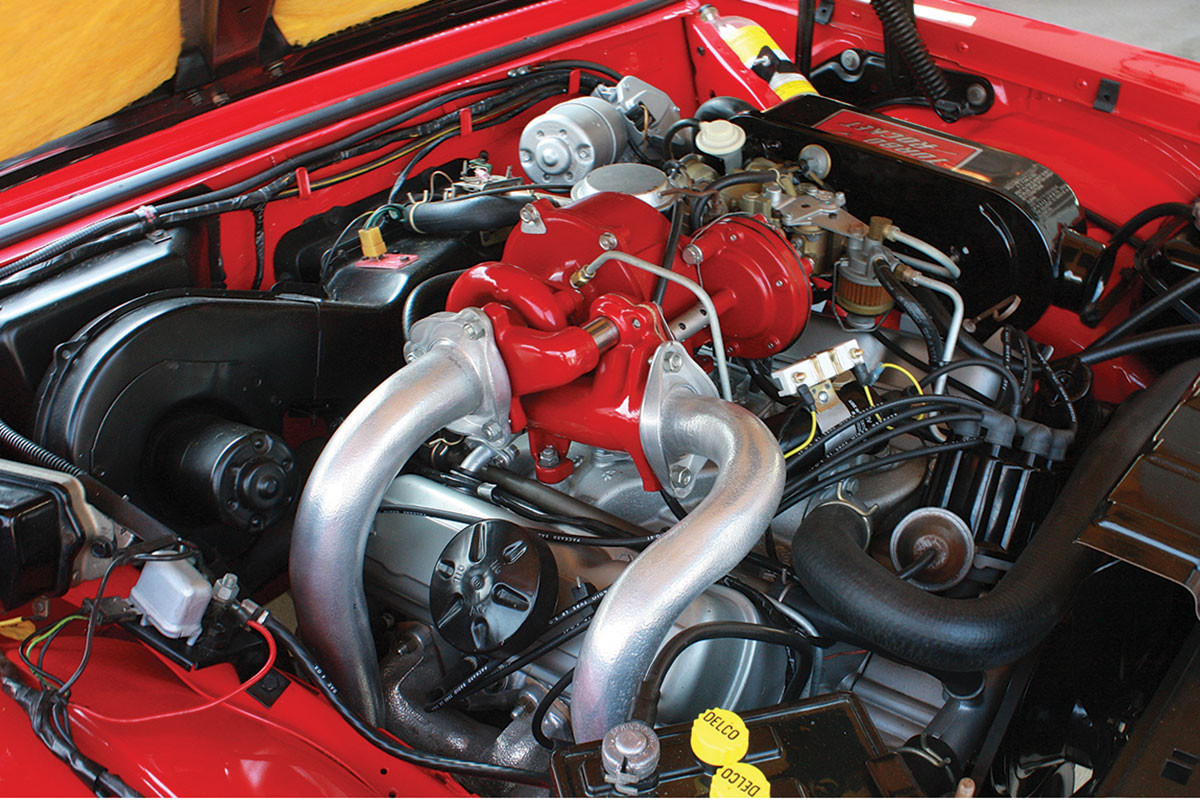
Tuy nhiên, quá trình kết hợp giữa bộ turbo tăng áp và động cơ chưa hoàn chỉnh đã làm cho những chiếc xe của họ liên tục bị trục trặc. Điều này đã khiến GM phải từ bỏ thử nghiệm trong khoảng thời gian ngắn ngủi.
Hơn 1 thập kỷ sau đó, công nghệ turbo tăng áp mới có cơ hội được nhắc đến khi nó xuất hiện trên những chiếc xe xăng hiệu suất cao như BMW 2002 Turbo 1974 và Porsche 911 Turbo 1975, sau đó là động cơ Diesel, bao gồm cả Mercedes-Benz 300SD 1978.
But it was not until the 1990s that turbocharged cars gradually became a trend when the VW Group introduced the turbocharged 1.8L engine and applied it widely to many of its models.
And now, under the pressure of strict emission standards, turbo technology is a mandatory solution on cars sold on the market. So from 2010 onwards, cars using naturally aspirated engines gradually became out of place.
Automatic headlights
Previously, to avoid dazzling oncoming cars, drivers would have to take their hands off the steering wheel to adjust the lights far or near. While, this has now been done by modern cars for the driver.
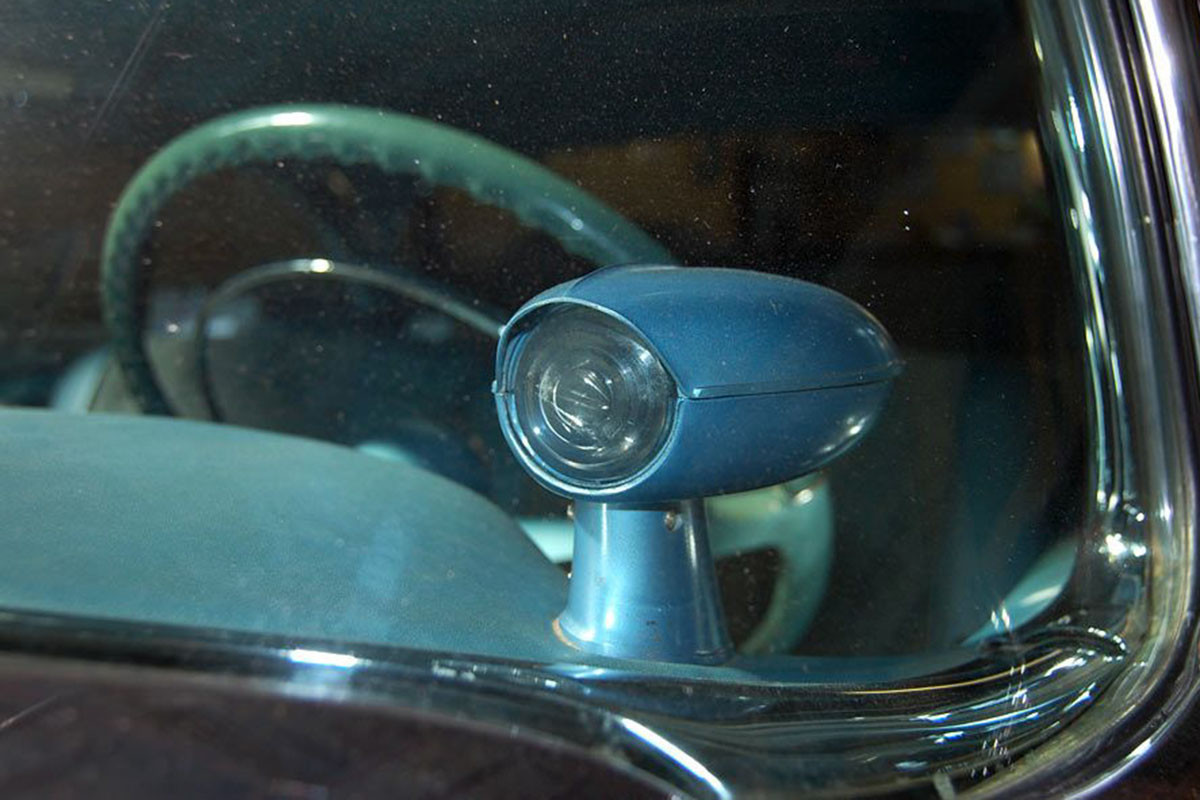
In the past, Cadillac had released the first version of this technology, called Autronic Eye in 1952 and lasted until the early 1980s as Guide-Matic. But unfortunately, it works really badly.
In addition, the feature of automatically turning on when it is dark and keeping the light on for a certain period of time after shutting down are also two features of the Twilight Sentinel system that GM once promised to popularize in the 1960s. .
The current cornering light feature is certainly also inspired by cars like the Citroën DS, SM and Tucker 48.
Cylinder shutdown on demand
When running on the road at a steady speed, a car only needs a small part of the power of the engine. So, cutting off half of the cylinders in the engine when not needed, to save fuel seems like a great idea.
And if you've driven an Audi A1 Sportback, a Ford Fiesta ST or a Dodge or Jeep with a Hemi 5.7L engine, you know it's surprisingly smooth.
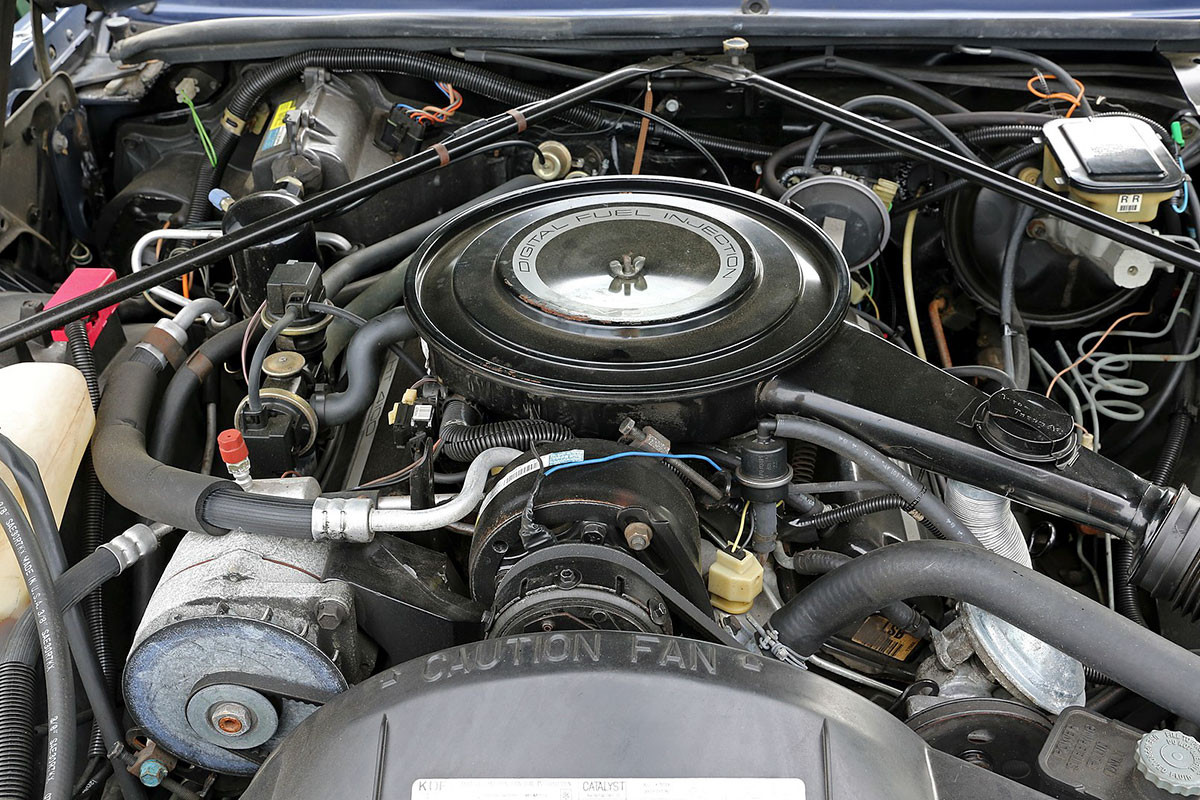
Forty years ago, this idea was tested by Cadillac on a V8-6-4 engine in 1981. However, the clever idea to deal with the second fuel crisis did not follow. correct scenario.
This is because the electronics of that era were not smart enough to make the cylinder open-off system work properly, so it was quickly eliminated.
But two decades later, thanks to advances in technology, the on-demand cylinder shut-off system is back and has finally lived up to its original purpose.
Rear wheel redirection
In the 1980s, Japanese automakers began researching and developing rear-wheel steering and applied it to cars like the Honda Prelude and Mazda 626. Later, the Nissan Skyline GT-R also applied it. rear-wheel steering in 1989 and became a champion throughout the 1990s in domestic races.
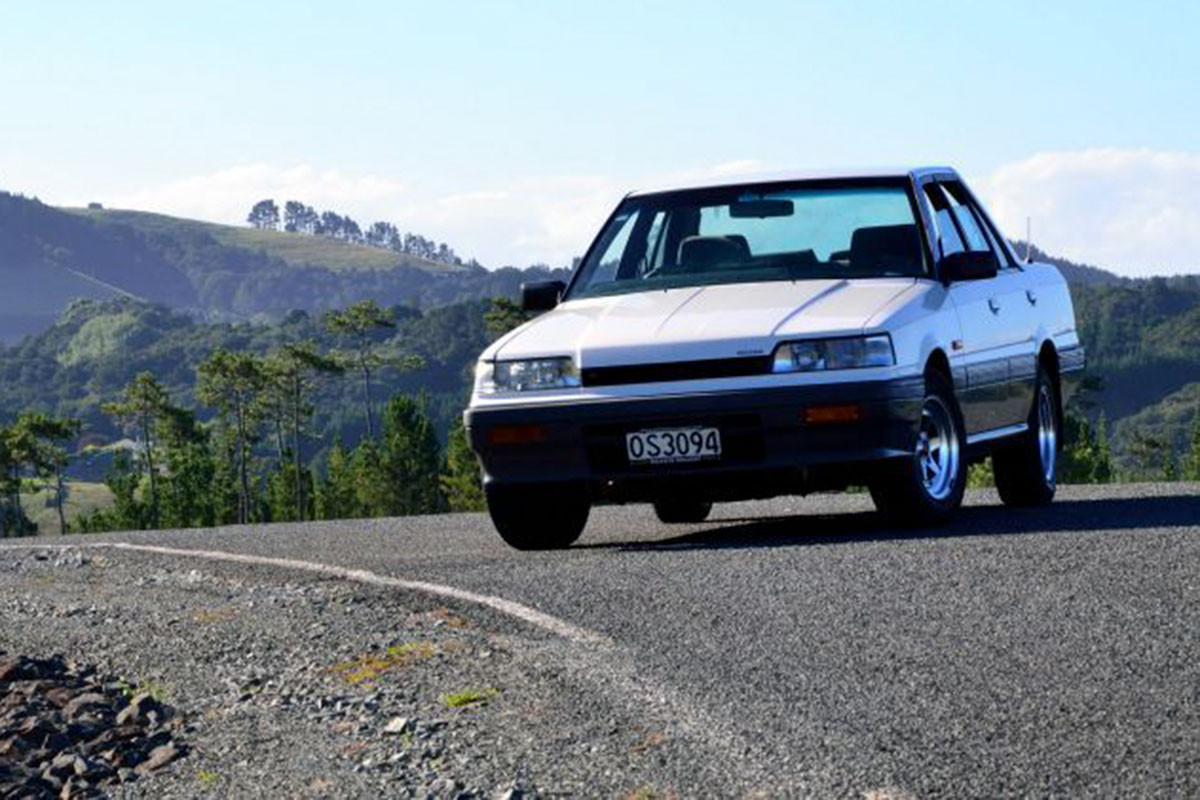
Ironically, this technology is not nearly as popular with other automakers, so Nissan has had to remove the rear-wheel steering system from the GT-R by killing the R34 Skyline. When the Nissan GT-R R35 appeared in 2007, it only used front-wheel steering.
Fortunately, now automakers are beginning to exploit the benefits of rear-wheel steering. So, now the phrase "steering the rear wheel" is being mentioned more and more on high-end and expensive cars as a form of advertising about a new feature.
Electric motor system
Following the development trend of the auto industry towards a world of zero-emission vehicles, the internal combustion engine is gradually being pushed aside in favor of the cleaner and quieter electric motor alternative.
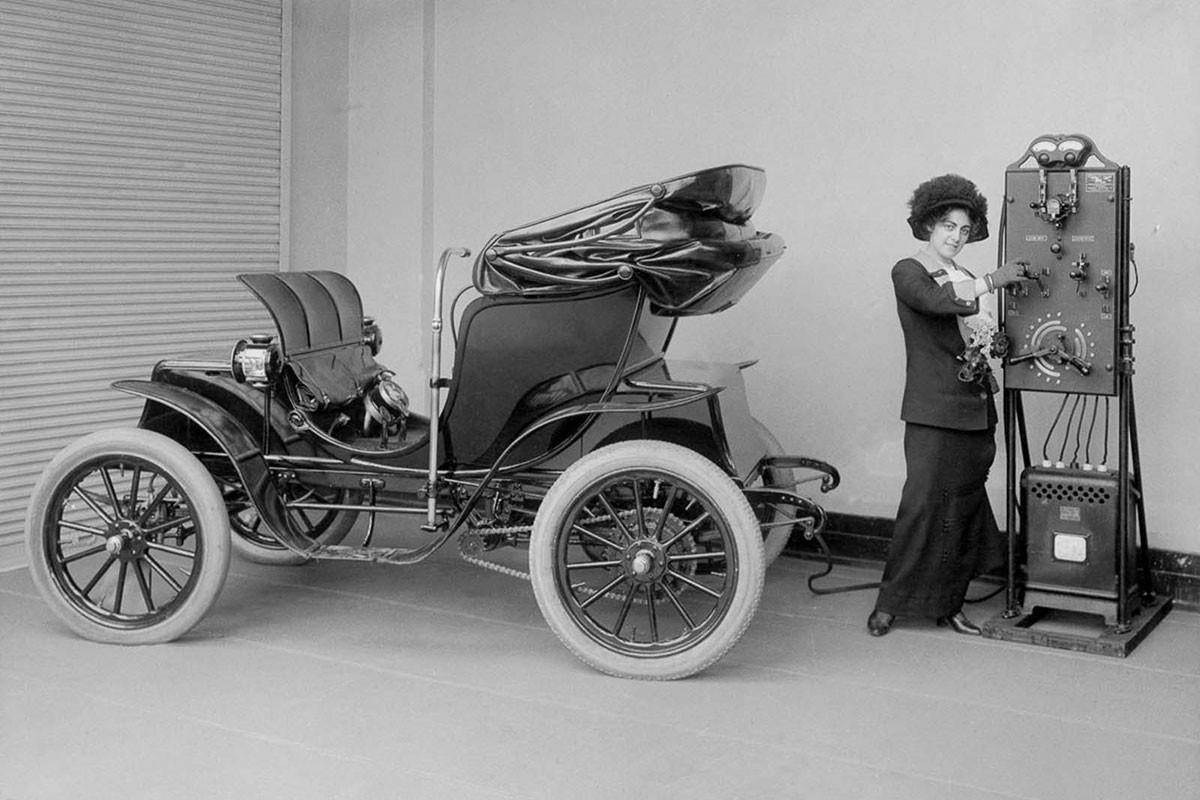
Did you know a war like this happened from the late 1890s to the early 1900s and the result was that electric cars had to lose.
Although cars with internal combustion engines are noisier, produce more odors, and are more complicated to start and drive, the trade-off is lighter and cheaper. Electric cars at that time used lead acid batteries that could not store much energy, while the weight of the battery was quite heavy.
One of the keys to the victory of internal combustion engines at the time was the introduction of electric starters and the benefit of petroleum. That caused the electric car revolution at that time to be defeated.
However, in the last few years, we have witnessed the explosion of electric vehicles, the development of fuel cell technology and the Government's concern about climate change and the development of new energy sources. Governments in many countries, have helped the direction of electric cars is getting back on track, just 100 years behind schedule.
digital remote board
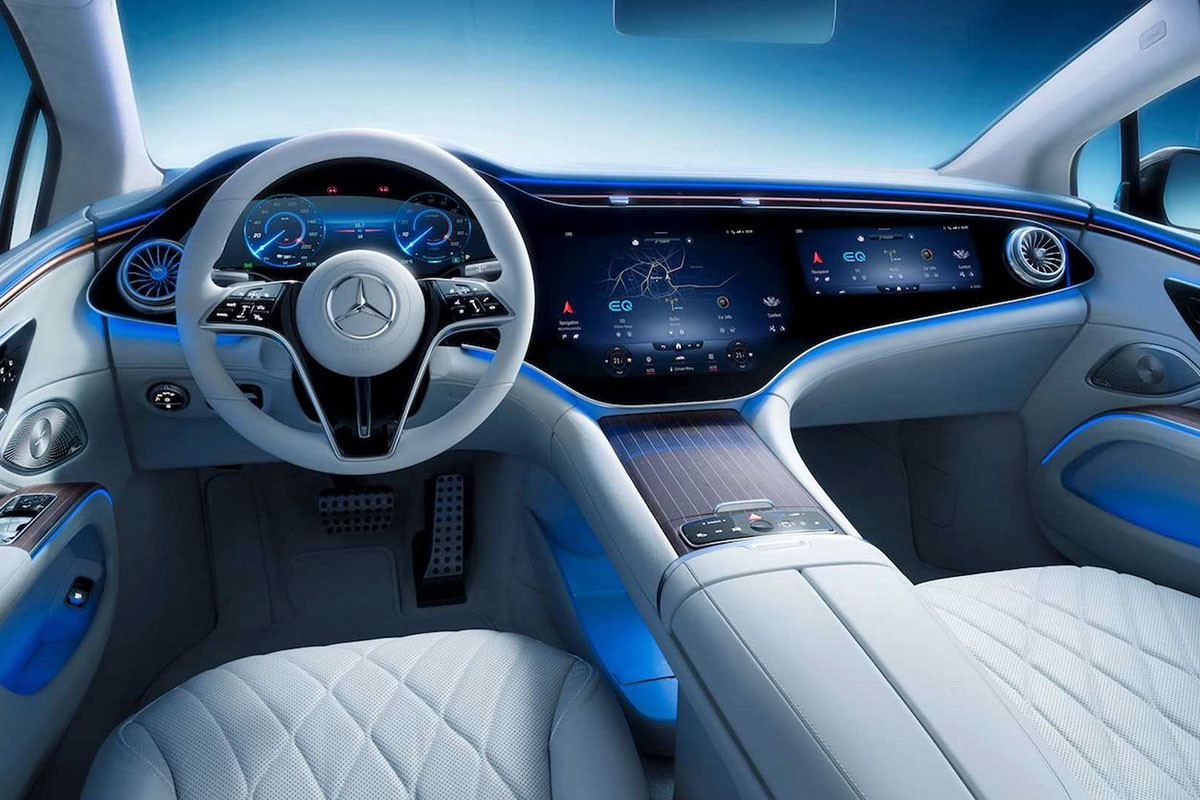
Large digital infotainment screens have been changing the look of the center console area in cars for the past 20 years. Now, most new cars will have a secondary digital display inside the traditional analog instrument cluster. Even many cars are covered with full digital screens. Mercedes-EQS is an example.
That's the present, what about the past? Digital dashboards first appeared in the 1980s, but were largely abandoned by the end of that decade.
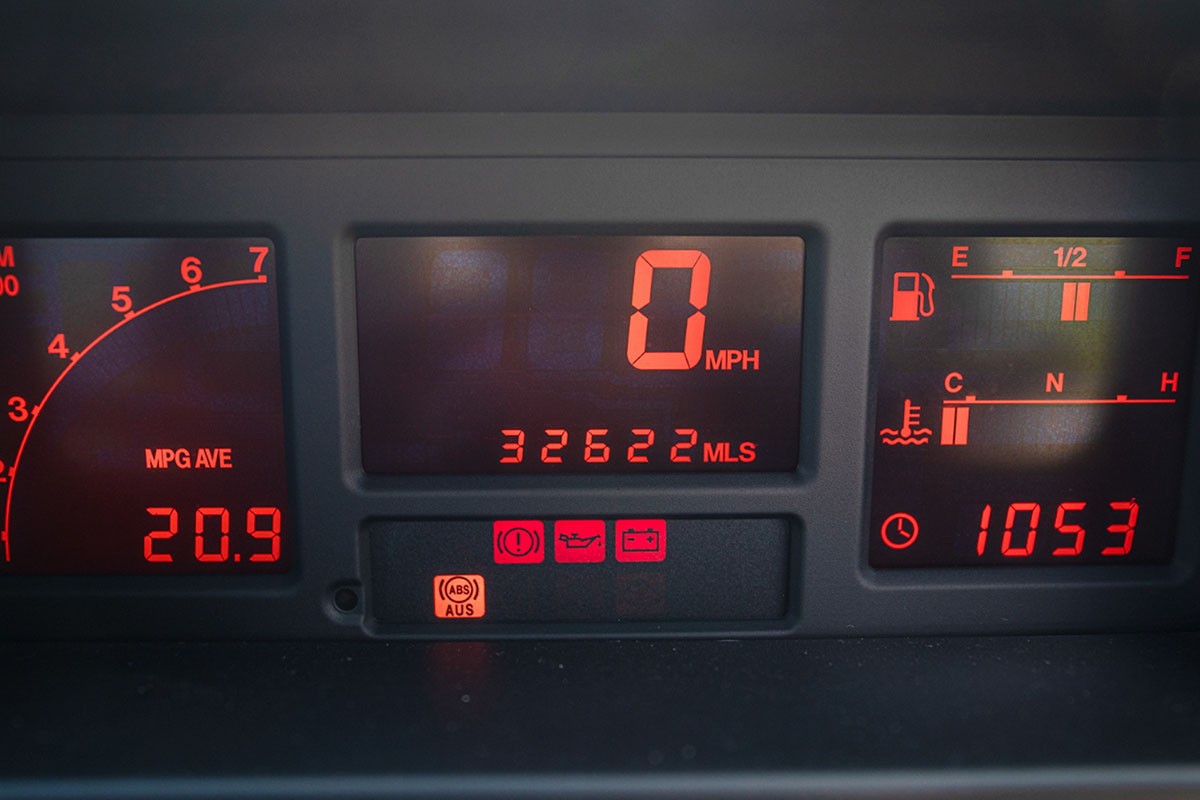
But with the development of technology, the appearance of digital clock cluster is tending to bloom. It is no longer a monotonous display but will be customized with a lot of things in it, from the ability to display navigation maps, entertainment features instead of just being displayed on the central touch screen.
Cars that can talk
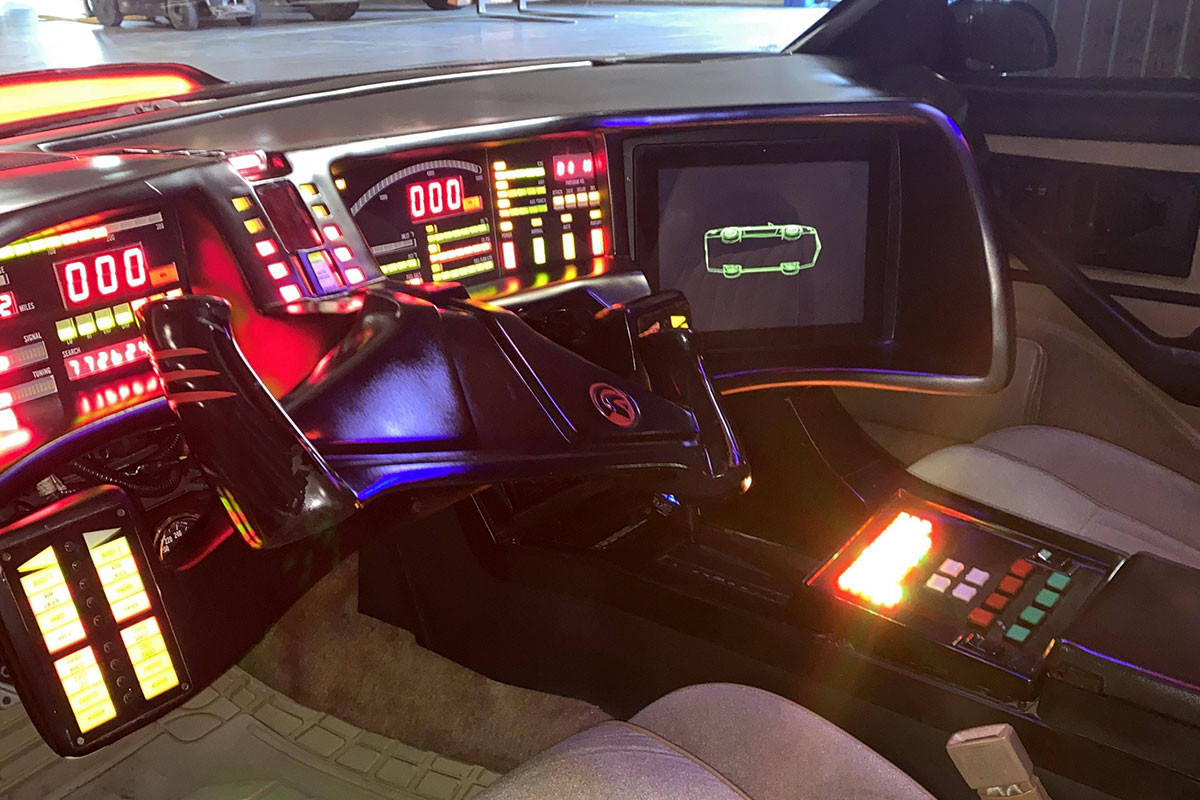
Like digital dashboards, the ability to broadcast voices related to the parameters on the dashboard was also a topic of discussion in the early 1980s. In cars that could talk, there was probably not one. Which car can surpass Knight Rider's KITT model? And that technology has been seen as a ploy to advertise sales.
Today, the idea of a talking car is no longer strange. In particular, with the advent of the Google assistant integrated into the software, your car can now not only talk to you but also listen to what you want.
Front trunk
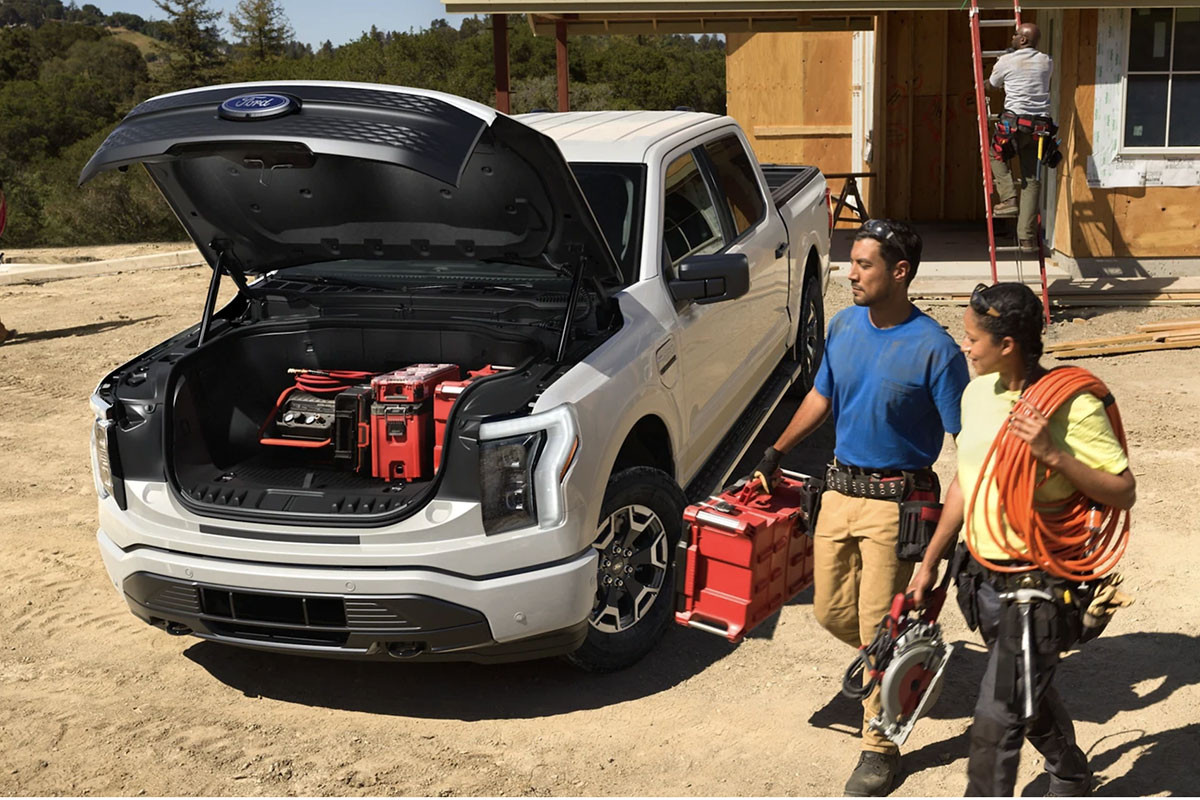
Electric vehicles have revolutionized the way we "refuel" our vehicles, as well as the way we store things when we go shopping. Instead of opening the rear trunk or the rear door, we can now just flip the front bonnet and put stuff inside.
Why do that? Because electric vehicles have eliminated the internal combustion engine, thereby freeing up a significant amount of space in the front area to make room for carrying items. Take a look at the Ford F-150 Lightning as an example of this.
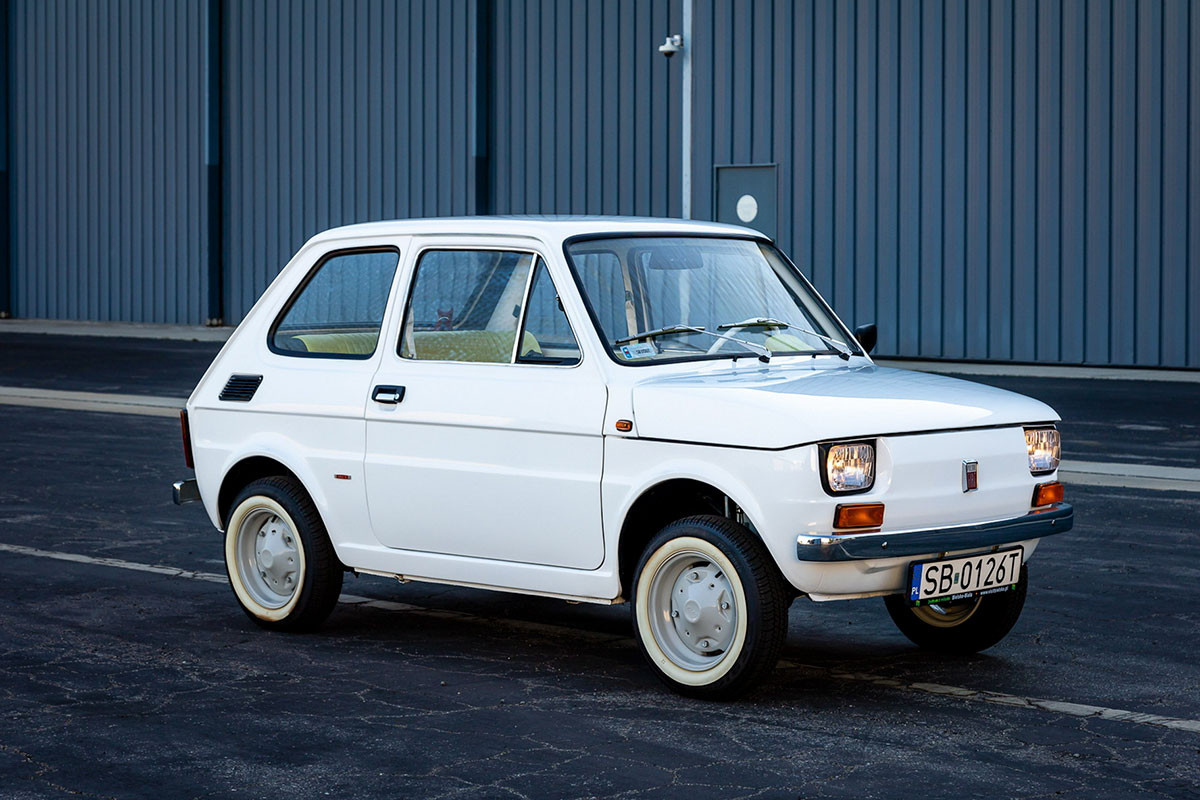 | 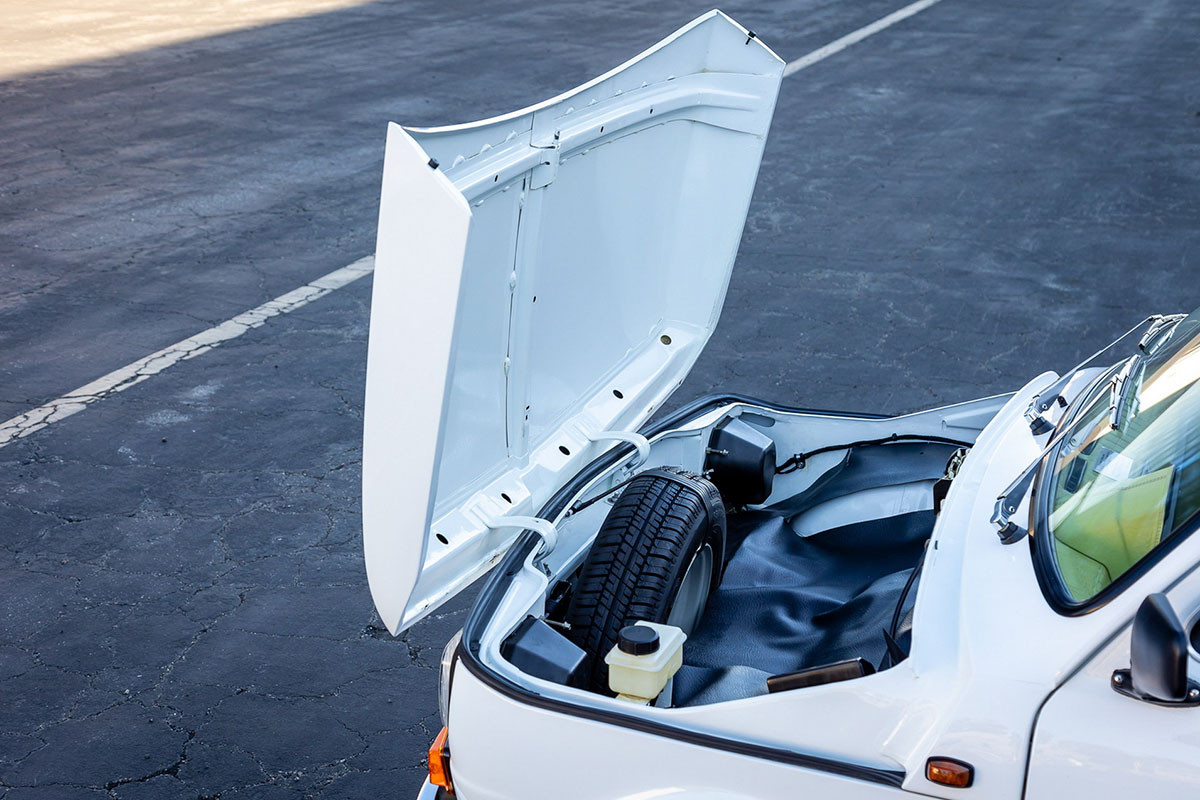 |
As for cars with internal combustion engines, the front trunk will usually only appear on some mid-engine or rear-engined models and it is not a common design. But coming here, when witnessing the explosion of electric cars, it is possible that the front trunk will become an indispensable part of this car.
Rotary motor
In the late 1960s and early 1970s, two automakers, Citroen and Mercedes-Benz, were very excited about Felix Wankel's super-quiet rotary engine. That's exciting, but Mercedes-Benz has never produced a car equipped with a rotary engine.
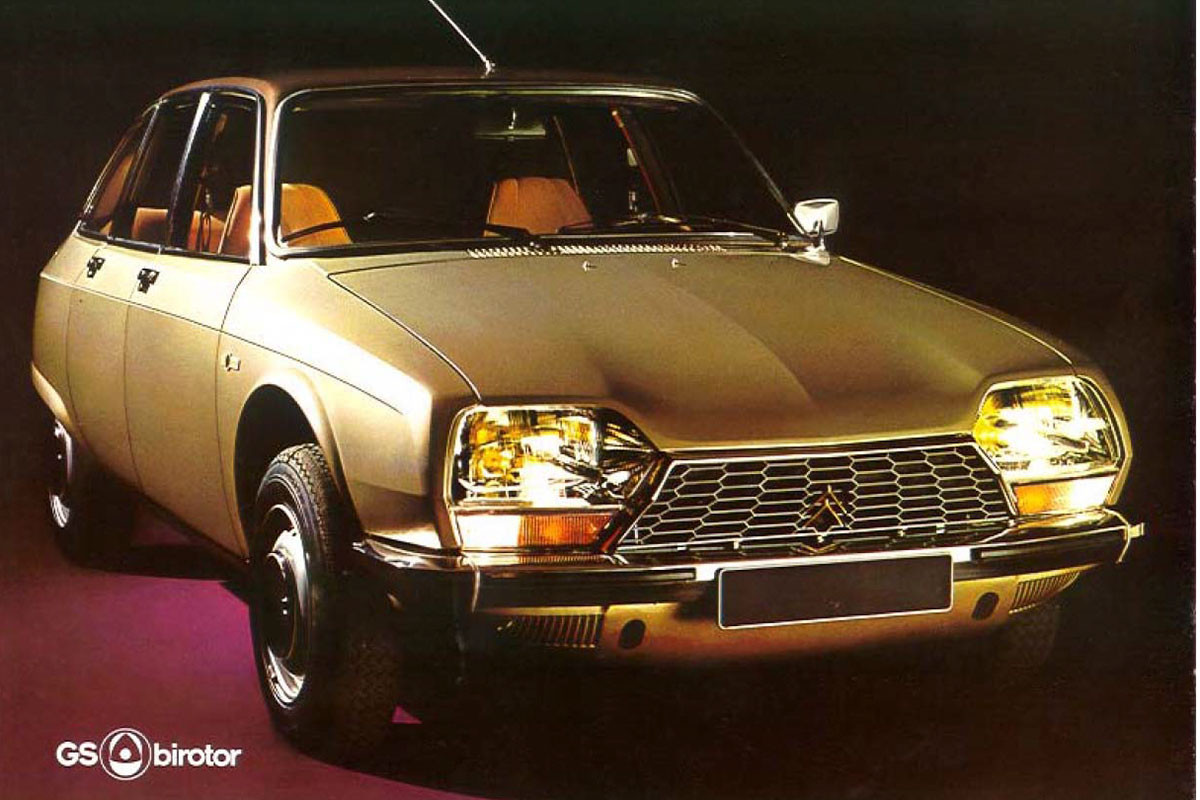
Citroen only produced the GS Birotor model, but then, due to financial difficulties and the inability to maintain a long-term supply of components, the company had to recall and destroy these cars, causing the end of the company. GS Birotor became one of the saddest stories in the history of the auto industry.
Currently, only Mazda is the car company that still pursues the development of rotary engines, despite the fact that the Mazda RX-8 model has been killed since 2010 because it does not meet Euro 5 emission standards. Recently, Mazda has confirmed the revival of the rotary engine.
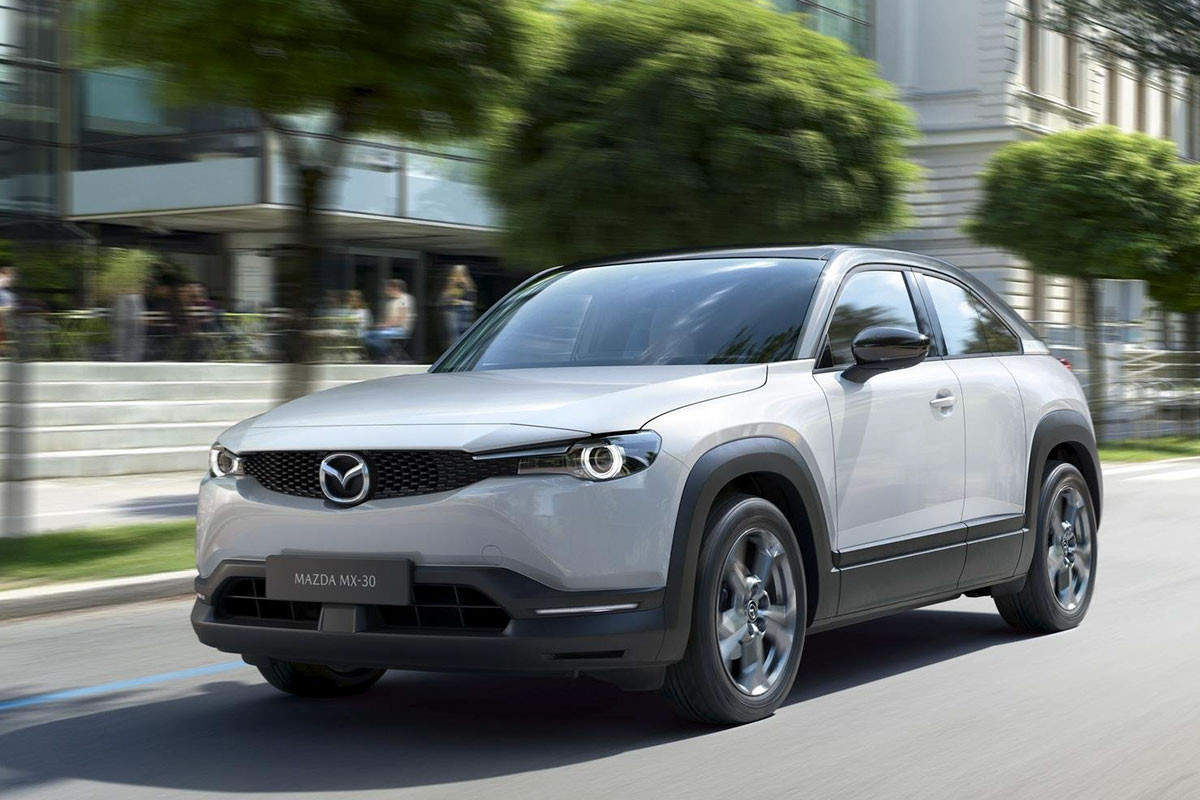
But a rotary motor will not be one designed to work independently. Instead, it will be part of the Plug-In Hybrid system on the Mazda MX-30 2023 model expected to debut later this year.
Nhận xét
Đăng nhận xét